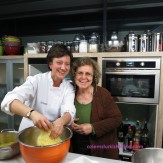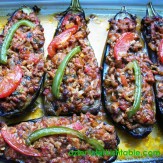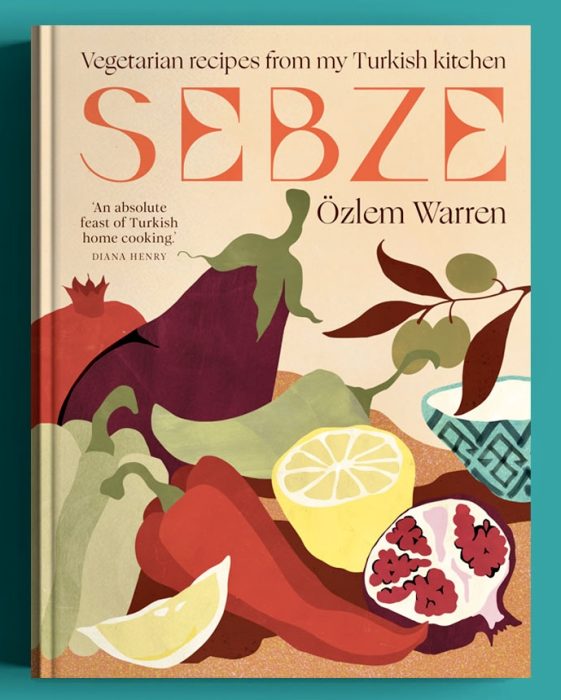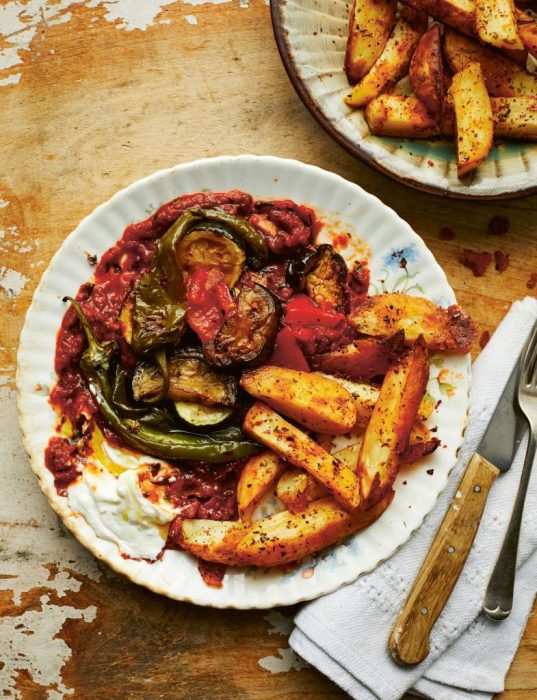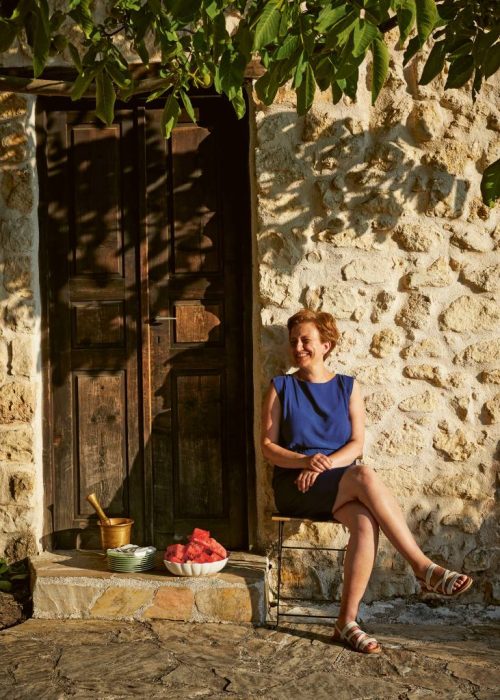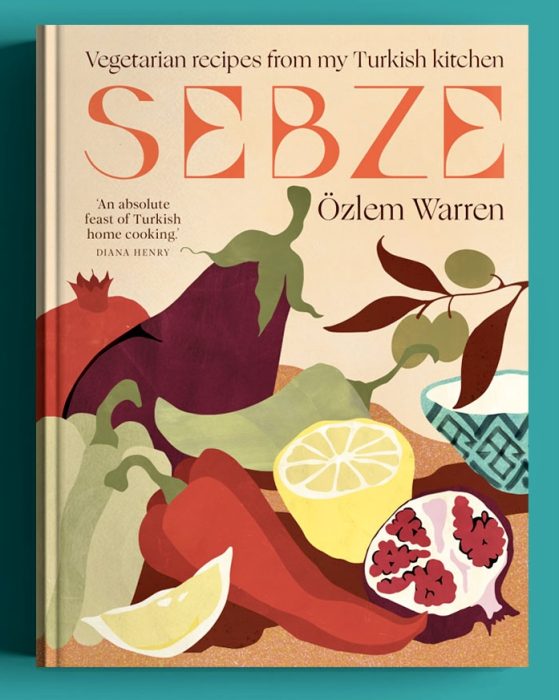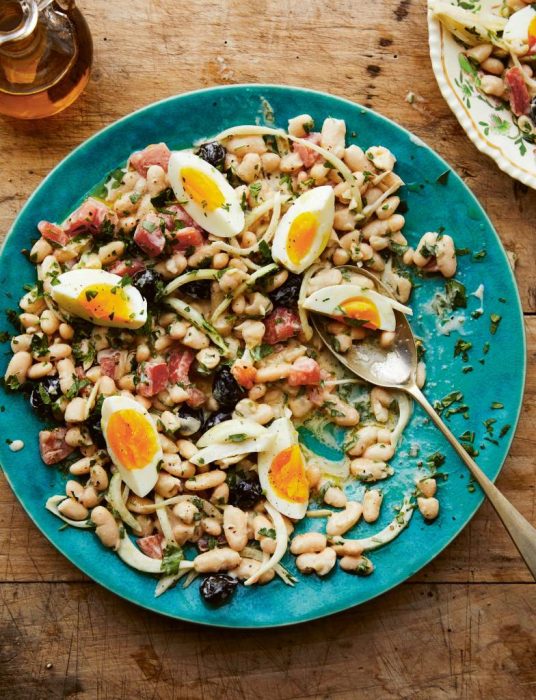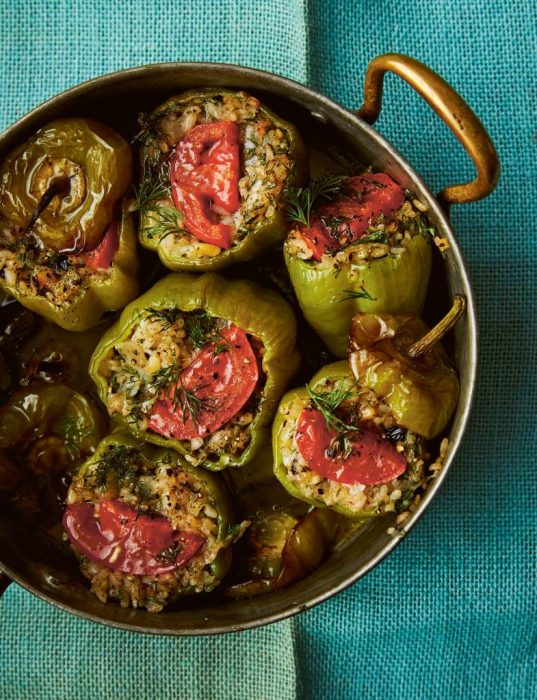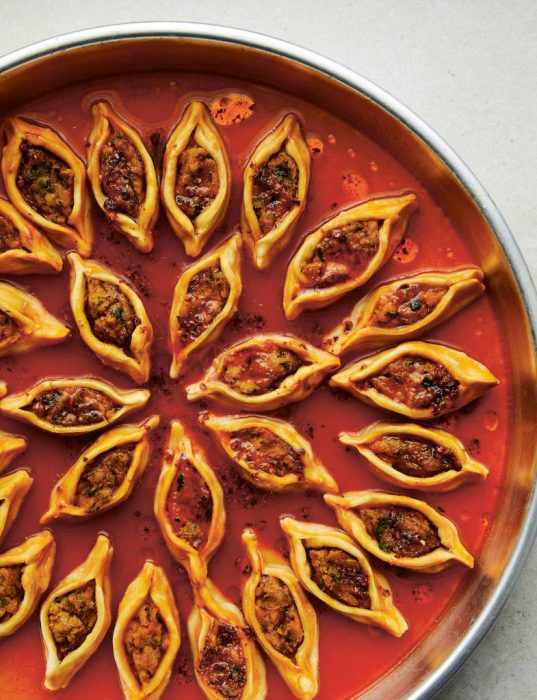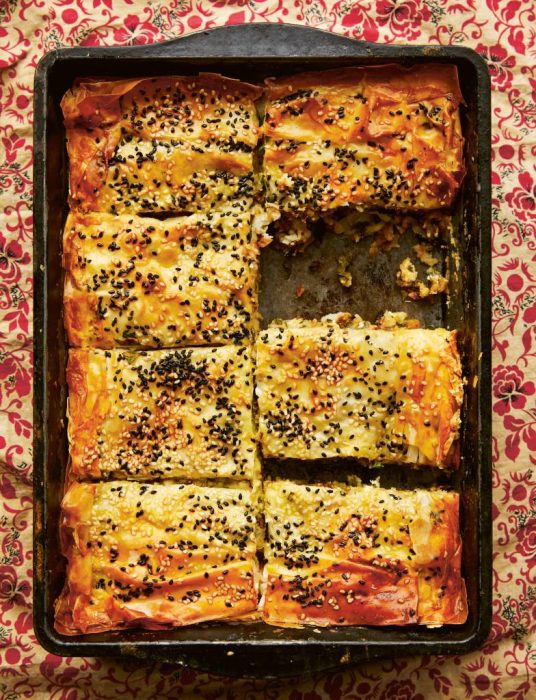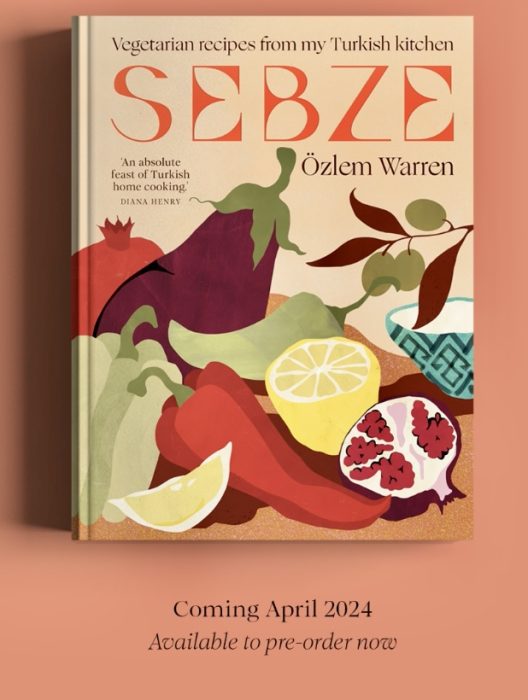
Merhaba dear All,
I wanted to share one of my favourite recipes from my new book, SEBZE, Vegetarian recipes from my Turkish kitchen. This Chard Cooked in Olive Oil with Onion, Peppers and Rice, Zeytinyağlı Pazı, is a lovely and easy dish to enjoy pazı (chard), grown mostly in the northwest, Black Sea, Marmara, Aegean and the Mediterranean regions. Its gently tart flavour is delicious here. These large leaves are also used for making pazı sarması, rolled chard leaves with aromatic rice and sometimes with fresh Turkish curd cheese (lor peyniri). My family also loves this dish hot on cold days, with a dollop of yoghurt and a drizzle of extra-virgin olive oil over.
Prepare ahead and variations: This dish is great to prepare ahead – in fact, leftovers taste even better the next day as the flavours develop, a characteristic of zeytinyağlı dishes. You can use spinach or large leafy collard greens instead of chard. You can also use bulgur (not gluten-free) or quinoa (gluten-free) instead of rice.
Serving suggestions: Serve crusty bread or my gluten-free Corn Bread from SEBZE cookery book on the side to mop up the delicious juices, if you like. You can order a copy of SEBZE worldwide here.
Afiyet olsun and my sincere thanks for your support,
Ozlem xx
- 2 tablespoons olive oil
- 1 medium red or yellow onion, finely chopped
- 1 red chilli, deseeded and finely chopped (use more if you like it spicy)
- 4 garlic cloves, finely chopped
- 1 tablespoon double concentrated tomato paste
- 230 g (8 oz) tin chopped tomatoes
- 450g (1 lb) chard, cleaned, halved lengthways and roughly chopped into 1 cm (½ in) pieces
- 85 g (3 oz/scant ½ cup) long-grain rice, rinsed
- 460 ml (16 fl oz/scant 2 cups) hot water
- sea salt and freshly ground black pepper, to taste
- To serve (optional)
- plain yoghurt (or plant-based alternative)
- drizzle of extra-virgin olive oil
- Heat the olive oil in a large, wide saucepan over a medium–high heat, add the onion and sauté for 3–4 minutes until starting to soften. Add the chilli, garlic, tomato paste and chopped tomatoes to the pan (save the tin for later), combine well and cook for 2 minutes. Stir in the chopped chard and gently combine and wilt over a medium heat for 2–3 minutes. Add the rinsed rice and combine well.
- Rinse the chopped tomato tin with some of the hot water and pour all the liquid into the pan, season with salt and pepper, give it a good stir, then cover and cook for 20–25 minutes over a low–medium heat until the rice and vegetables are cooked. Turn the heat off and leave to rest for 10 minutes, covered.
- When the weather is warm, we traditionally eat this dish cold or at room temperature. On cold days, we enjoy it hot with a dollop of yoghurt and a drizzle of extra-virgin olive oil over.


